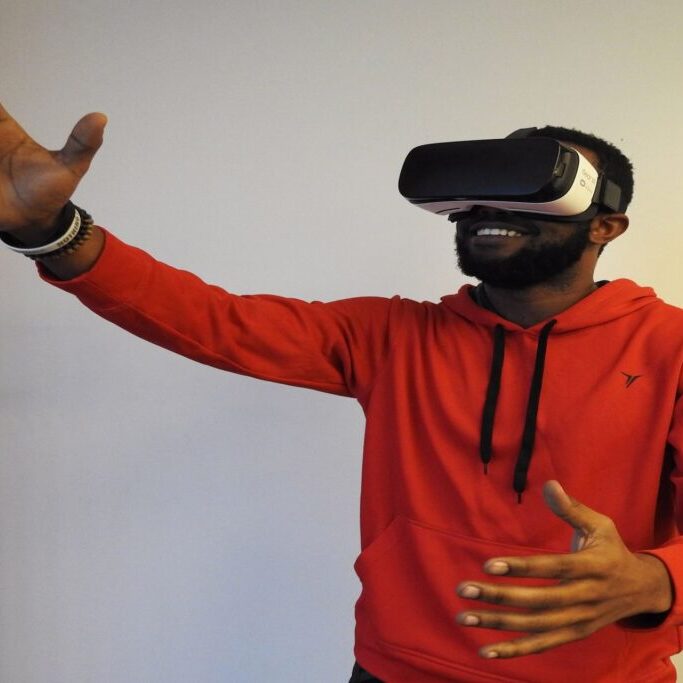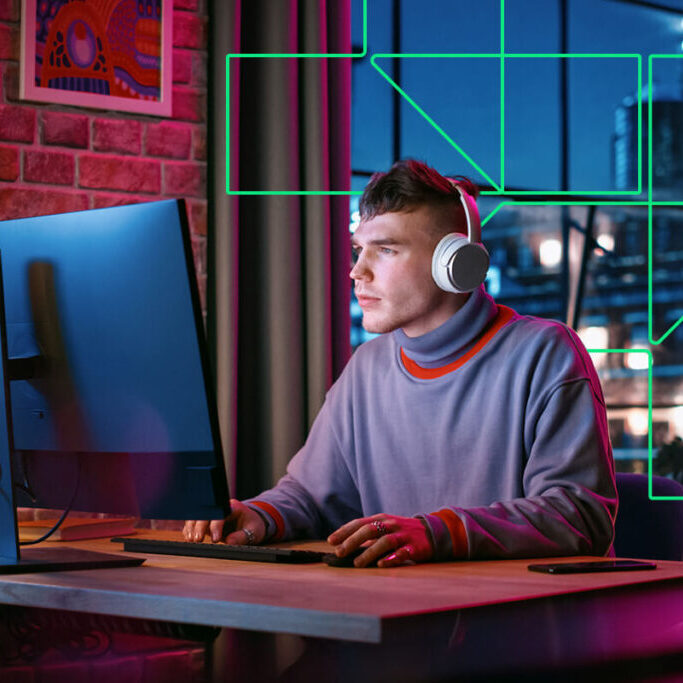Have you ever wondered, “How does ASMR work?”
With the rise of social media, many new trends have popped up over the years. People use social media to communicate more easily about what they love and enjoy, which translates into international fads if enough people relate to each other.
One of these fads has been autonomous sensory meridian response, or ASMR. You may have seen late-night talk show hosts comment on the popularity or online videos get tagged with the acronym.
If you don’t have ASMR to certain sounds or aren’t aware of what it is, it can be difficult to comprehend. Read on to learn everything you need to know about this phenomenon and how it works, so you understand what everyone has fallen in love with.
What It Is
An autonomous sensory meridian response is much more than hearing something and understanding it. It’s when a person enters a peaceful state of mind by listening to certain sounds. They most often also feel an impulsive physical response, like tingling in the head and neck.
The key to triggering this response is for the sound to be sensual, not just any regular noise. Someone with ASMR won’t feel the same way if they listen to a honking car horn than they do when they hear whispering over a microphone.
How Science Supports ASMR
Because the awareness of ASMR began recently, there isn’t much available in-depth research about the condition as a whole.
If you’re curious to learn more, you can read about research that attempts to explain the condition. At Swansea University, scientists explored the link between ASMR and synesthesia, which is where people experience an overlap in their sensory perception. For example, someone with synesthesia might see colors when they listen to music.
Thanks to researchers, we know much more about synesthesia than we do about ASMR. For example, scientists have discovered specific genes influencing brain development make people more likely to have it. They hypothesize the same is true about ASMR.
Some people may wonder if those claiming to feel ASMR effects like skin tingling are making it up or misidentifying it for some other more common physical condition.
When researchers monitored brain activity in people with ASMR listening to auditory triggers, they noticed the sounds activated the parasympathetic nervous system. So, how does ASMR work? It’s the same thing that happens when people practice meditation: It slows down the brainwaves and causes immediate relaxation.
How ASMR Helps People
There are many different reasons people listen to ASMR videos. People with anxiety who deal with frequent panic attacks will listen to them to calm down faster and soothe their symptoms.
They’re also helpful for those who suffer from depression. During periods where a person’s depression has left them unable to cope with daily life, they may listen to an ASMR video for that relaxing, meditative experience that centers them on something positive.
ASMR has also helped people with PTSD. It’s easy to play a video when someone feels a PTSD attack beginning or even after it’s ramped up. Instead of having to focus in silence on calming their mind, they can tune into a video and have something they can both watch and listen to that helps minimize their PTSD symptoms.
People also listen to ASMR to assist with things like insomnia or stress. It’s a popular trend that’s doing a lot of good for people around the world, even if the scientific community doesn’t entirely understand it yet.
Recent Stories
Follow Us On
Get the latest tech stories and news in seconds!
Sign up for our newsletter below to receive updates about technology trends














